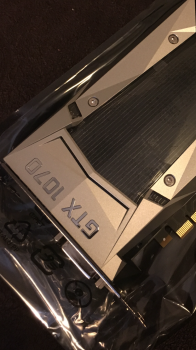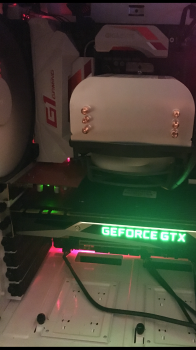That looks a bit crazy to me.
If the card need to draw more then the designed limit. I think it make more sense to draw from the 6pin then the slot.
In a normal PC. That 6pin is directly connected to the PSU. And extra 20% power draw won't burn the cable. And most likely nothing will be broke.
In fact, OC a power hunger reference card that only has 6pin avail can easily achieve this situation (pull much more than 75W from the 6pin).
However, if that extra 20% is from the slot. It may kill the motherboard, that doesn't make any sense to me.
If the card need to draw more then the designed limit. I think it make more sense to draw from the 6pin then the slot.
In a normal PC. That 6pin is directly connected to the PSU. And extra 20% power draw won't burn the cable. And most likely nothing will be broke.
In fact, OC a power hunger reference card that only has 6pin avail can easily achieve this situation (pull much more than 75W from the 6pin).
However, if that extra 20% is from the slot. It may kill the motherboard, that doesn't make any sense to me.






